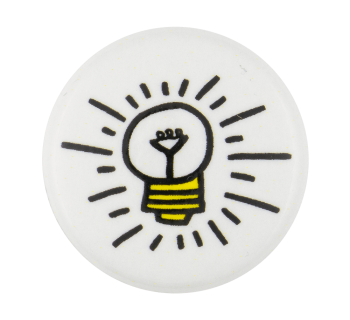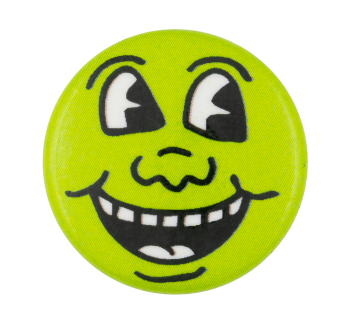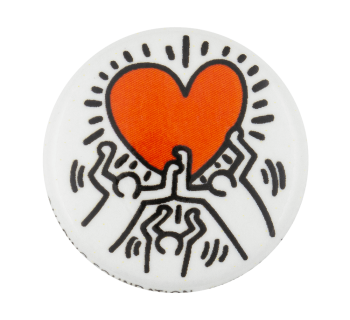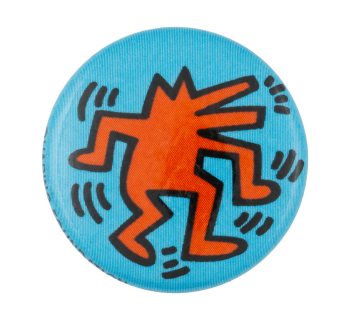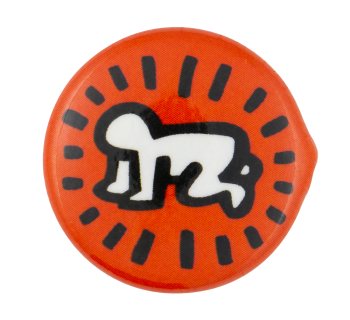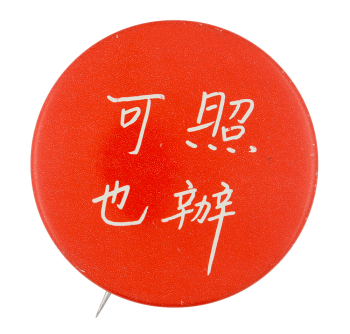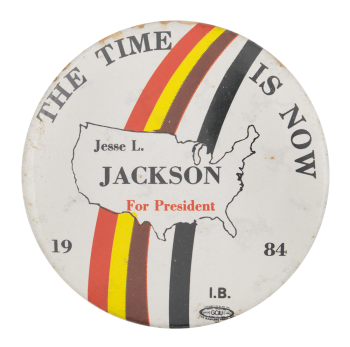Keith Haring Lightbulb
| Category | |
|---|---|
| Additional Images | |
| Sub Categories | |
| Image Description | Illustration of a lightbulb on a white background |
| Curl Text | ©HARING FOUNDATION www.pop-shop.com |
| Back Style | |
| The Shape | |
| The Size | |
| Year / Decade Made | |
| The Manufacturer | |
| Additional Information | The growing use of technology in everyday life was a common theme in Keith Haring’s artwork. Although Haring often depicted images of technology (lightbulbs/electricity, computers, television etc.) in his art, he ultimately had an ambivalent attitude towards man-made tools and innovations. Keith Allen Haring (May 4, 1958 – February 16, 1990) was an artist and social activist from Pennsylvania whose work was influenced by the New York City street culture and graffiti art of the 1980s. A 1997 Vanity Fair article states that "some of his most characteristic imagery involved figures twirling around and playing together, happy but never aimless." Since Haring's death from AIDS-related illness in 1990, images he created that speak about racism, drug addiction, AIDS awareness and tolerance have become iconic. The Keith Haring Foundation was established in 1989, and it concentrates in 2 areas of giving: “the support of organizations which provide educational opportunities to underprivileged children and the support of organizations which engage in education, prevention and care with respect to AIDS and HIV infection.” This button is part of a 12 button series that was made by the Busy Beaver Button Co. for the Keith Haring Foundation's Pop Shop. |
| Catalog ID | AR0403 |

